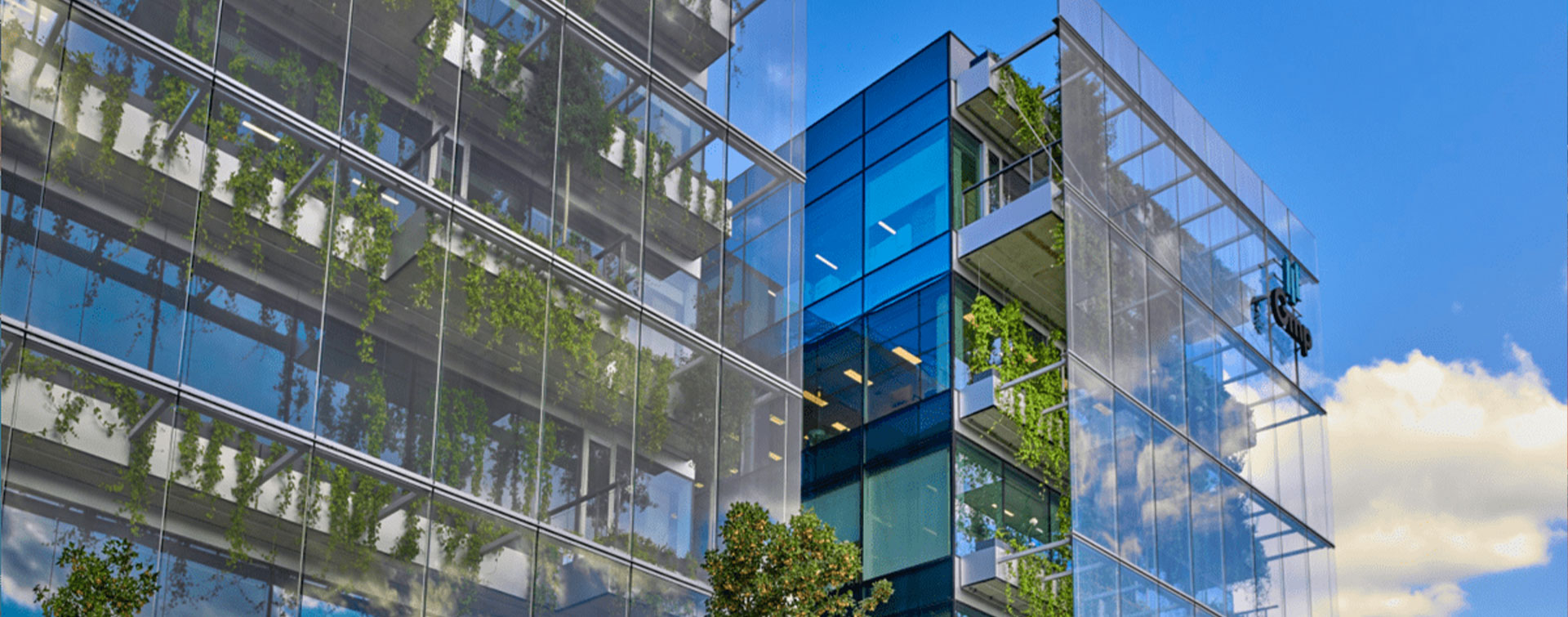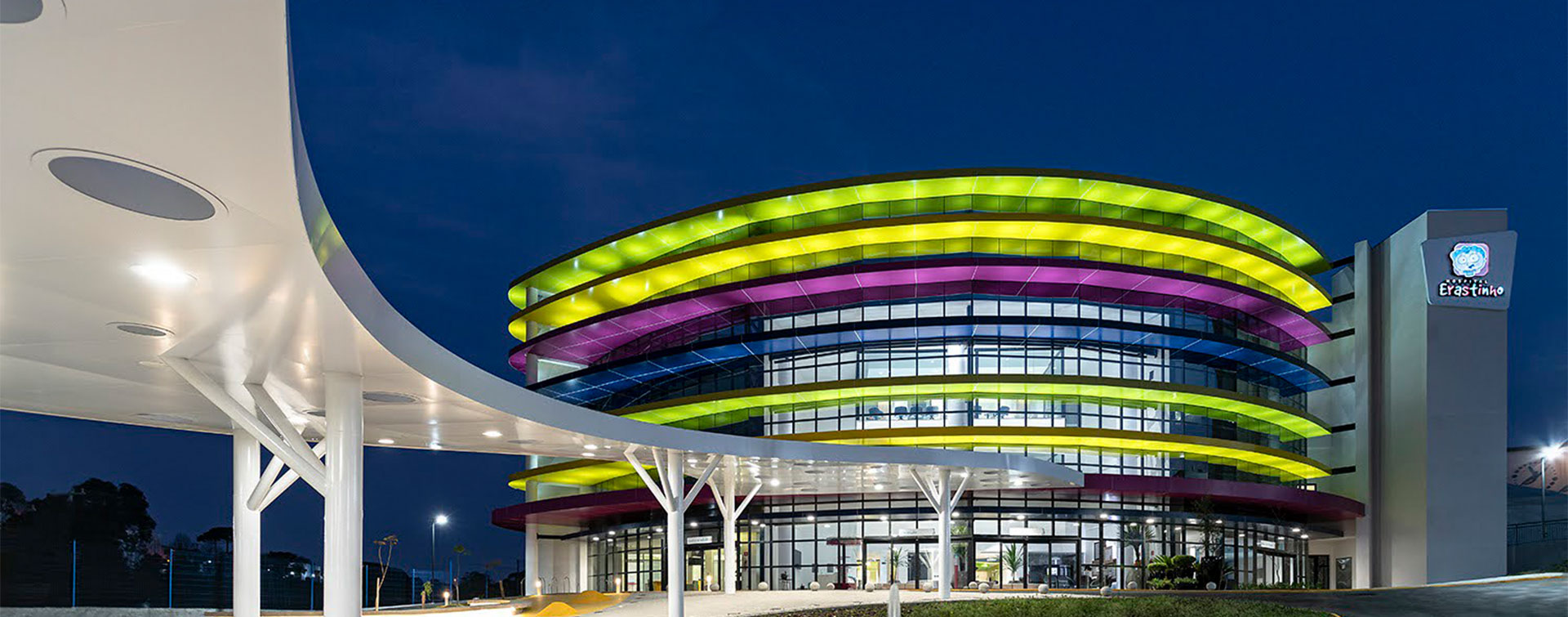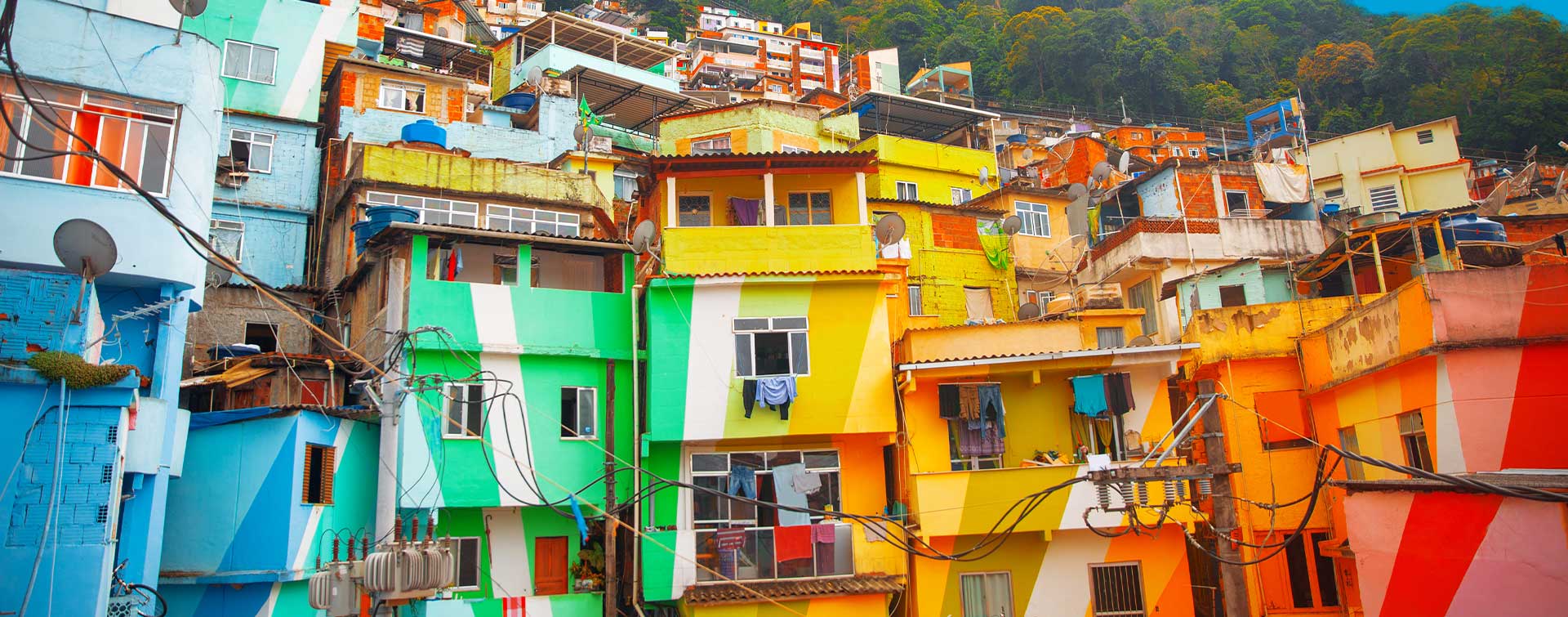 7 min
7 min
Lauren Sorkin is an expert in sustainability and urban resilience. As the Co-founder and Executive Director of the Resilient Cities Network, she leads the foremost organization in urban resilience, which serves over 100 cities across 47 countries. Her work emphasizes enhancing the capacity of cities, communities, and individuals to tackle climate change while promoting equity and well-being.
How would you define resilience when it comes to cities and their buildings?
Resilience is the capacity for cities—and their residents, businesses, and institutions—to survive, adapt, and thrive in the face of shocks and stresses, both immediate and long-term. It’s about anticipating future risks, such as climate change, and making sure that our built environment is equipped for what’s coming 10, 20, or 50 years from now. We need to redesign and reuse our infrastructure with adaptability in mind, ensuring that cities can withstand what the future holds. Resilience is also about bouncing forward after disruptions, using them as opportunities to strengthen urban systems.
Listen to the podcast: "R… for Resilience"
What challenges do construction stakeholders face in building resilience?
One of the biggest challenges is aligning short-term financial incentives with long-term resilience goals. Often, we focus on immediate needs, neglecting the investments required to address future challenges. We need to have investments and financial mechanisms designed to support sustainable construction—not just during the building phase but over the lifetime of the asset.
To scale resilience across industries, we need to transform entire supply chains, ensuring that both large firms and smaller businesses adopt sustainable practices. As the cost of sustainable materials decreases, economies of scale will naturally emerge.
Policy intervention is also key: national governments should establish incentives and regulations to smooth and accelerate the transition. Locally, cities and states should align their procurement strategies and infrastructure investments with their climate goals, driving the shift toward a more resilient economy across all sectors.
Also read: How does finance support the development of sustainable construction?
What policies are most effective in promoting resilience and sustainability?
The most effective policies are grounded in science and look toward future challenges. Resilient Cities Network supports initiatives like OASIS Schoolyards, originally launched in Paris (France), which retrofit schoolyards to serve as cooling areas and flood mitigators—showcasing the potential of nature-based urban solutions.
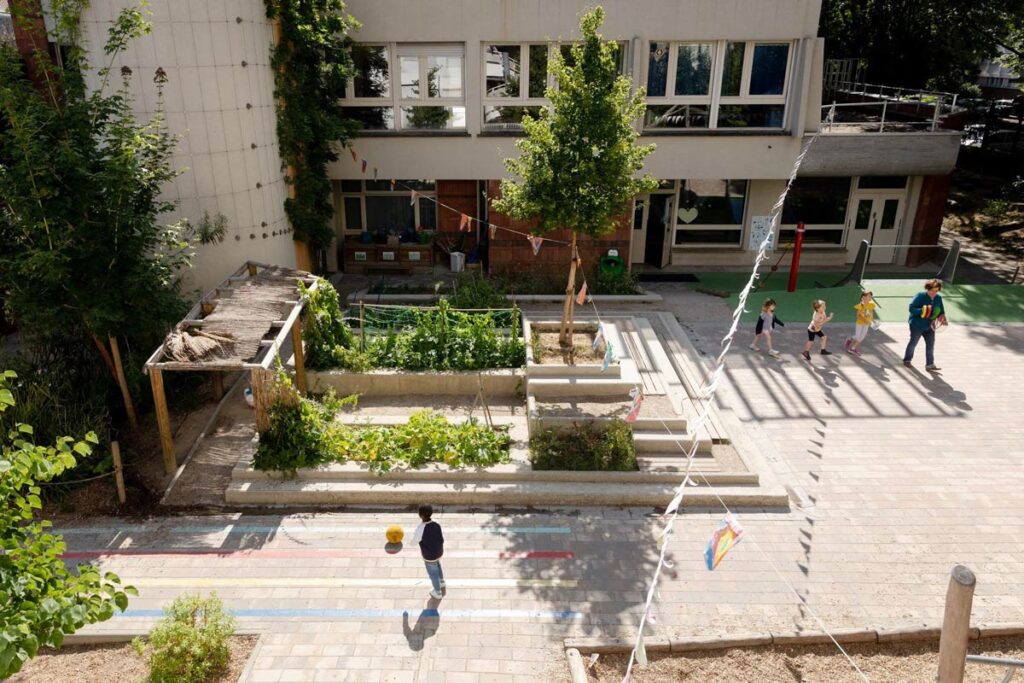
This approach is being expanded to communities in Quezon City, Philippines, and recently announced for Semarang, Indonesia, where we are co-designing these spaces to offer both environmental benefits and community resilience.
When people experience the tangible benefits of resilience, they rally around it, which is why green infrastructure can generate popular support. It is also very important to invest in the people who will manage physical assets and the coordination of resources that make entire urban systems resilient.
Successful adaptation projects:
• In Cape Town, resilience hubs are being developed to provide renewable energy to informal communities, strengthening energy systems.
• The transformation of water squares in Surat, India, inspired by those in Rotterdam. These multifunctional spaces serve as public gathering points during dry spells and as flood zones during heavy rains, safeguarding homes and businesses from water damage.
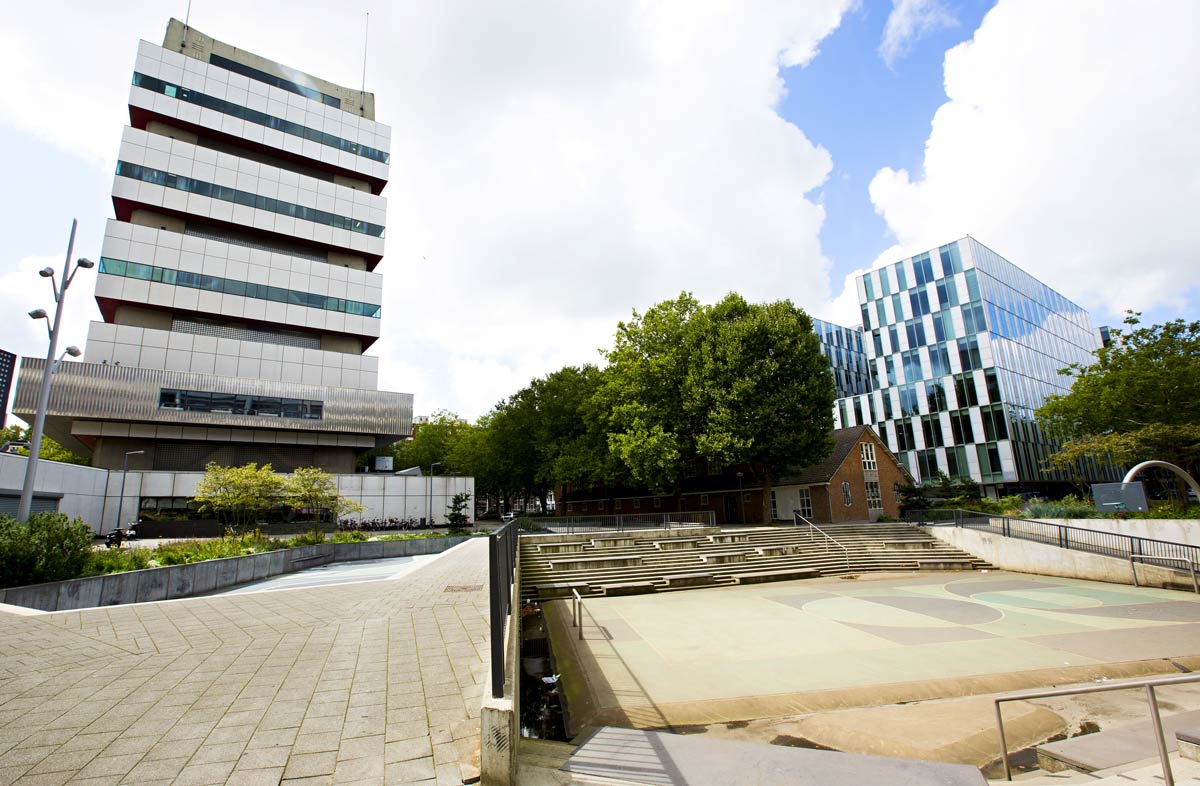
Resilient Cities Network’s approachResilient Cities is focused on key areas of climate resilience, prioritizing the promotion of distributed renewable energy and accelerating the energy transition, as well as enhancing waste and water management systems. In collaboration with local governments, Resilient Cities is transforming community spaces—including public areas and schools—into hubs designed for a more sustainable future. These upgraded environments aim to protect residents from extreme heat and flooding while fostering stronger community connections.
Learn more about Resilient Cities
Photo credits: Iris van den Broek, ville de Paris – Laurent Bourgogne








